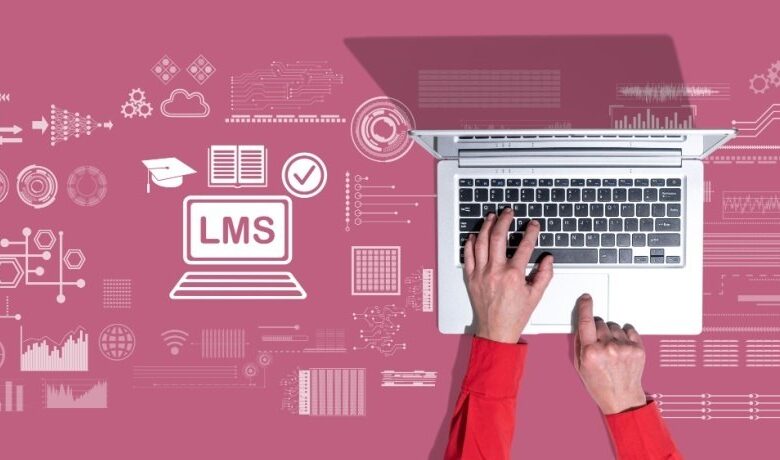Train Users For LMS Migration: From Chaos To Clarity

Strategies For User Training During LMS Migration
As we progress in our series on Learning Management System (LMS) migration, we’ve examined the crucial steps of planning, data cleanup, selecting the right migration method, and defining roles and permissions. Now, we turn to training your users for your LMS migration. Proper training is vital to ensure that everyone, from instructors to students to administrators, can effectively use the new LMS. This article will guide you through developing a comprehensive training plan, offering diverse training formats, creating a support system, and encouraging feedback for continuous improvement.
How To Train Users For LMS Migration
Develop A Comprehensive Training Plan
Create a comprehensive training plan that covers all aspects of the new LMS. This plan should address the needs of different user groups, including teachers, students, and administrators. Tailor training sessions to focus on the specific functionalities and features relevant to each group. Consider each group’s unique requirements and design the training content accordingly.
At one of the universities, they developed a training plan that included separate modules for instructors and students. Instructors were trained on course creation, grading, and communication tools, while students focused on navigating the interface, submitting assignments, and accessing feedback. This targeted approach ensured that each group received the most relevant and practical information for their roles. By addressing the distinct needs of each user group, the university ensured that everyone could effectively utilize the new LMS to its fullest potential.
Offer Diverse Training Formats
Provide a variety of training formats to cater to different audiences. These can include:
- Live workshops
Interactive sessions where users can ask questions and receive immediate feedback. - Recorded webinars
Prerecorded sessions that users can watch at their convenience. - Written guides
Detailed documentation that users can refer to as needed. - One-on-one sessions
Personalized training for users who need extra support.
The university offered a mix of live workshops, recorded webinars, and written guides during their LMS transition. Live workshops allowed for real-time interaction and Q&As, recorded webinars provided flexibility for users to learn at their own pace, and comprehensive written guides served as ongoing references. This multi-format approach ensured that all users had access to the training resources that best suited their needs and schedules.
Create A Support System
Establish a robust support system to assist users during the transition. This can include a help desk, online resources, and a dedicated support team. Make sure there is plenty of support available during the initial roll out period so users can get help quickly if they encounter any issues. Encouraging a culture of continuous learning and support will help users adapt more easily to the new system.
A well-structured support system is essential for addressing any concerns or challenges users may face during the transition. Providing multiple channels for support, such as email, chat, and phone, ensures that users can easily access help when needed. Additionally, creating an online resource center with FAQs, troubleshooting guides, and video tutorials can empower users to find solutions independently.
Encourage Feedback And Continuous Improvement
Encourage users to provide feedback on the training and the new LMS. Use this feedback to make continuous improvements to the training program and address any issues with the LMS. Regularly update training materials based on user feedback and changes to the system. This iterative approach ensures that the training remains relevant and effective.
After the initial training sessions, the university gathered feedback from participants through surveys and focus groups. They used this input to refine their training materials, adding more detailed explanations for complex features and additional examples to clarify common questions. Continuous feedback loops allowed them to adapt and improve their training approach, ensuring it remained effective and user-friendly. By actively seeking and incorporating user feedback, the university demonstrated a commitment to continuous improvement and user satisfaction.
Conclusion
Training your users is a critical component of a successful LMS migration. By developing a comprehensive training plan, offering diverse training formats, creating a robust support system, and encouraging feedback for continuous improvement, you can ensure a smooth transition for all users. This article is part of our ongoing series designed to provide deeper insights into each step of the LMS migration journey. Stay tuned for our next installment, where we will discuss testing the new system to ensure it meets all requirements and functions seamlessly.
Editor’s Note: Check out our directory to find, choose, and compare eLearning Industry’s Top LMS Software.

Artha Learning Inc
Artha is a full-service learning design firm. We partner with organizations to design their digital learning initiatives from instructional, engagement and technical point of view.
Source link



